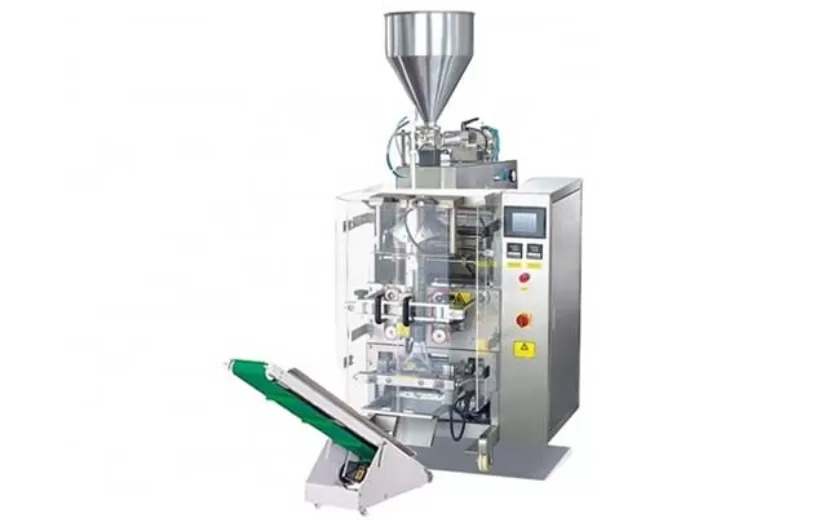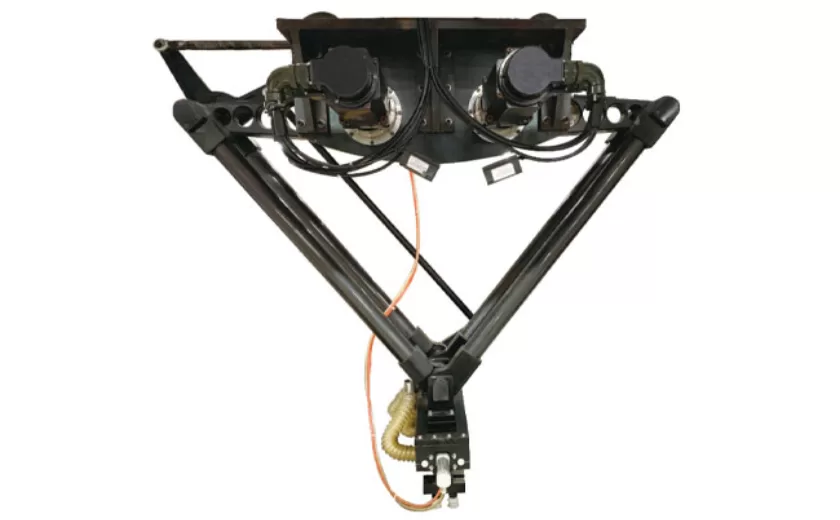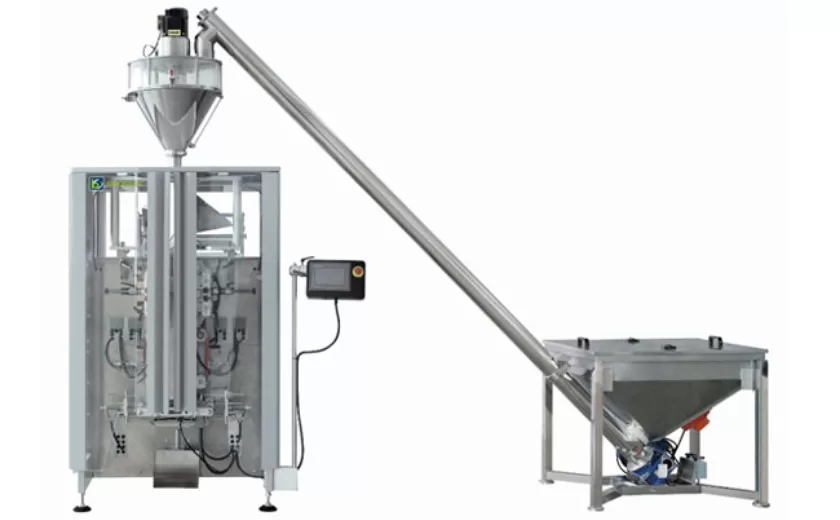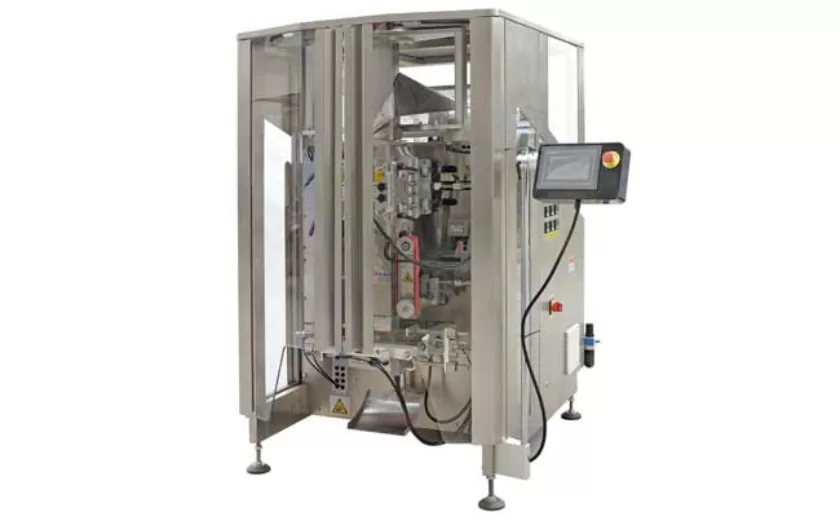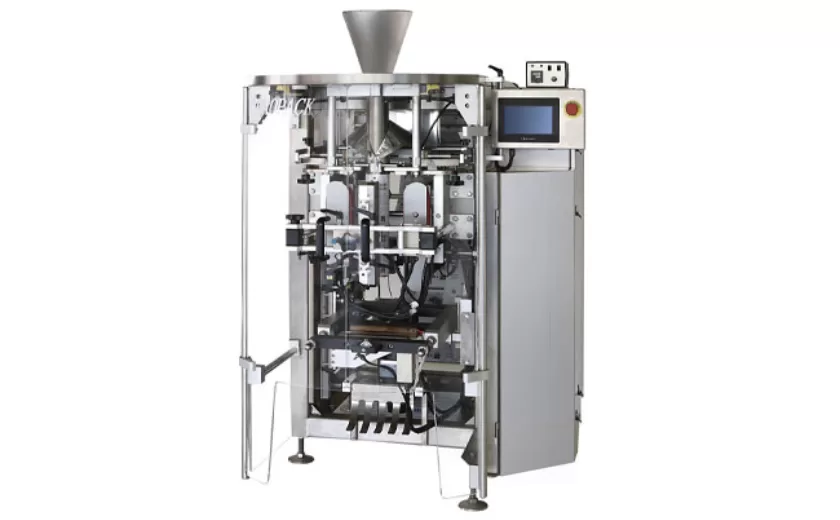Comparing Vertical Wrapping Machines to Horizontal Models
In the realm of packaging machinery, vertical and horizontal wrapping machines stand as distinct solutions catering to specific packaging needs. Understanding the key differences between these two models is crucial for making an informed decision that aligns with your production requirements. This article delves into the nuances of vertical versus horizontal wrapping machines, shedding light on their advantages, disadvantages, and suitability for various applications.
Cost and Space Requirements
Vertical wrapping machines typically require a smaller footprint compared to horizontal models, making them ideal for space-constrained environments. They are also more cost-effective, especially for small-scale operations or those with limited budgets. However, horizontal wrapping machines may offer higher production speeds, which can be advantageous for larger production runs.
Capacity and Flexibility
Vertical wrapping machines excel in handling products of varying sizes and shapes, providing greater flexibility in packaging operations. They can accommodate a wide range of products, from small items like candies to larger items like electronics. Horizontal wrapping machines, on the other hand, are better suited for packaging flat or regular-shaped products.
Speed and Efficiency
Horizontal wrapping machines typically offer higher production speeds than vertical models, enabling the rapid wrapping of large quantities of products. They are also more efficient in terms of film usage, reducing packaging material waste. Vertical wrapping machines, while not as fast as horizontal models, prioritize precision and product handling, making them suitable for delicate products.
Hygiene and Maintenance
Vertical wrapping machines are often used in sanitary environments due to their compact design and ease of cleaning. They can be easily disassembled for thorough sanitation, ensuring compliance with food safety regulations. Horizontal wrapping machines require more extensive maintenance and cleaning due to their larger size and complexity.
Suitability for Specific Industries
Vertical wrapping machines are commonly used in the confectionery, pharmaceutical, and electronics industries, where product handling and flexibility are paramount. Horizontal wrapping machines are prevalent in the food, beverage, and logistics industries, where high production speeds and efficiency are essential.
The choice between vertical and horizontal wrapping machines hinges on the specific requirements of your packaging operation. Vertical machines offer cost-effectiveness, space efficiency, and flexibility, while horizontal models provide higher production speeds and efficiency. By considering the aspects outlined in this article, you can make an informed decision that optimizes productivity, minimizes costs, and ensures the seamless packaging of your products.
-
Advanced Packing Solutions: Snacks, Sugar, and Frozen Food Machines
29-10-2025 -
Efficient and Reliable Solutions for Salt, Nuts, and Frozen Dumplings Packing
29-10-2025 -
High-Performance Biscuits, Lollipop, and Ketchup Packing Machines for Modern Food Production
29-10-2025 -
Efficient Liquid Filling and Packing Machines for Modern Production
23-10-2025 -
Reliable Granule Packaging Machines for Efficient Production
23-10-2025 -
Efficient Auger Powder Filling Machines for Accurate Packaging
23-10-2025 -
High-Performance Liquid Filling and Packing Machines for Hygienic Production
10-10-2025 -
High-Efficiency Granule Packaging Machines for Precision and Speed
10-10-2025 -
High-Precision Auger Type Powder Filling Machines for Efficient Packaging
10-10-2025 -
Efficient Vertical Form Fill Seal Packaging Machines for Smart Production
10-10-2025





